The Deserts of California
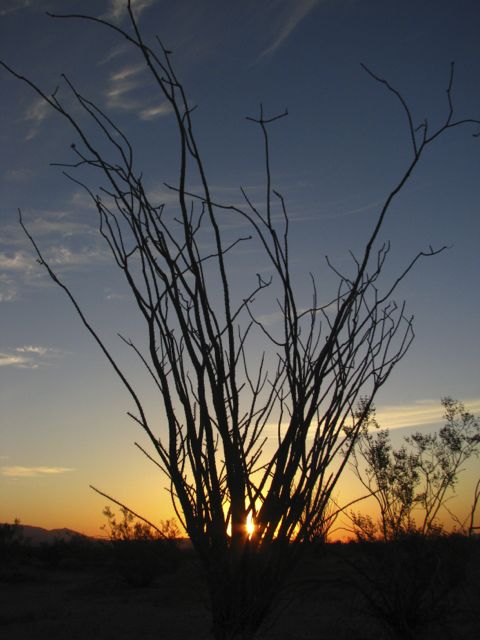
Spring Break in Alaska often means warmth, or more succinctly, Alaskans seeking warmth. Many Alaskans - like their lower 48 counterparts - look for an early dose of warmth before summer eventually satisfies that desire. This year our family chose to meet with the grandparents (who not coincidentally live in CA) to do some camping in the deserts or southeastern CA.
Our trip began in Anza Borrego Desert State Park - the largest in CA at more than 600,000 acres. The name is hybrid of an early Spanish explorer (Juan Baptiste de Anza) and the Spanish word for bighorn sheep ("borrego"). The eponymous bighorn sheep are officially Peninsular Bighorn Sheep and their dwindling population has placed them on the endangered species list. Roughly 200 live in the park and though we never spotted one we did have a few close calls - people who we saw on the trail had often "just seen" one.
Our campsite backed up to one of the sheep's favorite locations in the park: Palm Canyon. About 1.5 miles up the canyon behind our campground is a true desert oasis where spring water filters into existence and thirsty fan palms (the only palm tree actually native to CA) convene. And where there's water in the desert noisy frogs, willow bushes, hummingbirds, butterflies, and dragonflies all gather to celebrate the rare moisture.
Taking advantage of the fan palms, gorgeous yellow hooded orioles make nests amongst the drooping dead fronds and yellow bats (actually yellow-brown) roost during the day. We stayed there late one evening just to catch the show at the orioles nested up for the night and the bats came out. Reversing our dinner and lunch meals we carried a "sack lunch" dinner with us up canyon with the idea of visiting during the evening hours - hoping to catch a glimpse of the wildlife that rests the hot days away in the shade. The waxing gibbous moon would light the way out for us.
Our plan worked flawlessly however the charismatic wildlife (i.e. bighorn sheep) did not cooperate. Despite the popularity of the oasis (not just for desert creatures but also human visitors) we were the only ones there. And even with this advantage we were skunked on the bighorn front. Or maybe they hit their preferred watering hole down-canyon from us while we lounged up at the palm-ringed oasis. But the orioles delighted us with the flashes of color and before we headed back the bats swooped all around us gathering a dinner of insects. All this while the countless frogs serenaded us with their constant bellowing.
The first three nights brought the yips and cries of distant coyotes as well as the hoots of a nearby owl (great-horned, I think). Recent rains have brought brilliant red blooms to the tips of the spindly ocotillo cactus. A few have even "leafed out" with their tiny, clover-like petals that magically erupt from the tough, fibrous stalk.
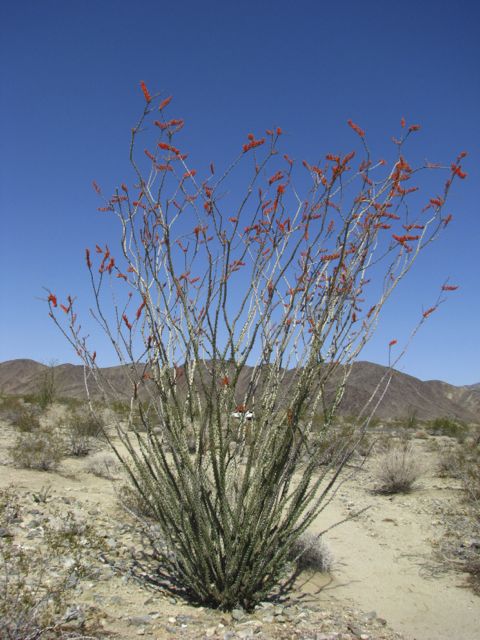
Deserts do not come across as particularly welcoming places. It seems that EVERY living plant is covered in protective thorns waiting to impale the unsuspecting visitor. The rocks seem like they are comprised of razor-sharp fragments glued together. Many of the animals that get the press aren't exactly welcoming either: tarantulas, scorpions, and rattlesnakes.
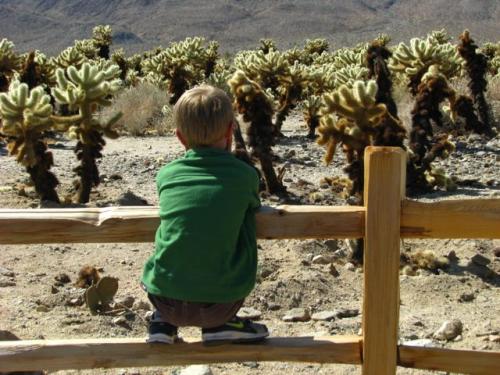
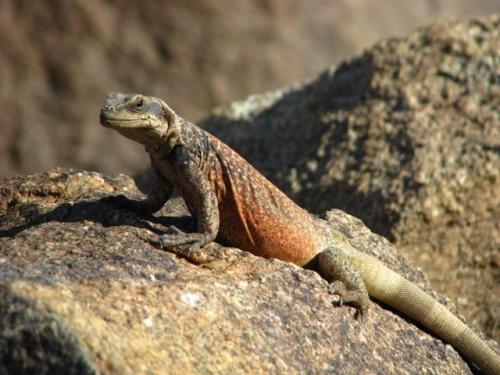
But the beauty in the desert is that this supposed "wasteland" supports so much life. And the life that inhabits the desert has such remarkable adaptions as to blow one's mind. (Kangaroo Rats don't need to drink water. Ever.) And finally, if you happen to visit at just the right time, even those truly spiny, formidable living things will put on a display of beauty that takes your breath away.
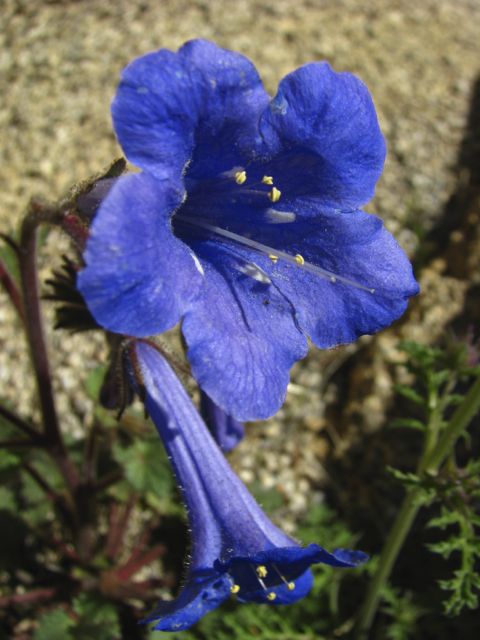
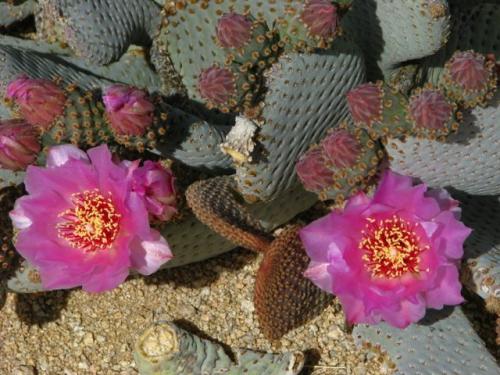
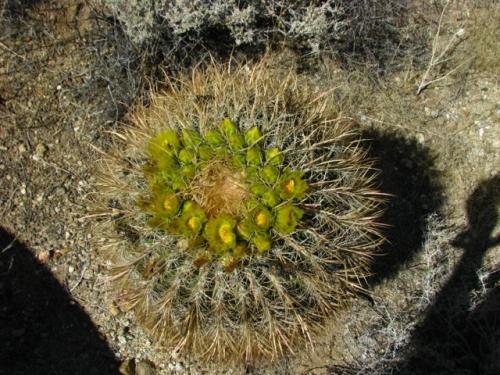
Two Weeks Until Departure for Greenland
My mind is still awash in the endless preparations that must be made before leaving. I think I need to start making a list of my lists. I have been in frequent contact with members of Operation Ice Bridge and have addressed a few requests by the media to discuss my assignment. The people from PolarTREC and ARCUS have been most helpful (of course) and Reija has handled endless logistics in advance on my behalf - thank you, thank you thank you! The stress of leaving is building, but so is my excitement for the expedition to come.
Science tidbit of the day: The desert fan palm is the only palm tree native to California. The native habitat for these trees are a scattering of desert oases tucked in canyons where surface water is found year-round (and NOT the bike trails of Venice Beach as the postcards might lead one to believe). Young palm trees have sharp thorns along the thick stems of the fronds. However, this feature disappears once the fronds exceed about 25 feet in height. It has been suggested that these thorns evolved as a way for the palms to protect themselves from grazing mastodons that, when standing on their hind legs, had a reach of - you guessed it - 25 feet. The fossil record clearly showed the desert regions were inhabited by these creatures within the last tens of thousands of years. Coincidence or co-evolution?


Comments